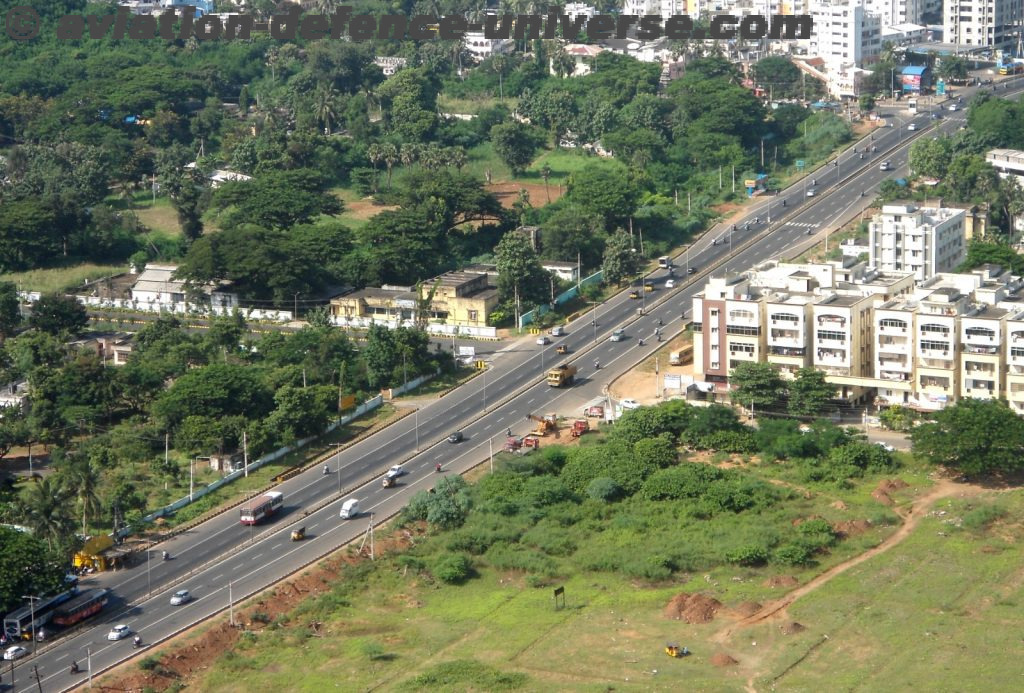- Red letter Day for Indian Civil Aviation
- National Civil Aviation policy approved by Cabinet
- 5/20 becomes 3/20 via 0/20
By Sangeeta Saxena
New Delhi. 15 June 2016. Nearly seven decades of wait and India has got its national civil aviation policy. The Cabinet of India today approved the NCAP-2016 based on connecting the unconnected , serving the un-served and making unaffordable affordable . Fulcrum on which the policy stands is that it will be a policy which will make it possible for an ordinary Indian to fly, regional connectivity, ease of doing business and transparency.
The most controversial 5/20 with a questionable legacy has been thrown into the dust bin by the government was the first reaction and most welcomed. It is technically now 0/20 but will it be possible to buy twenty aircraft and one go? At least three years will be required to procure a fleet of twenty aircraft, so effectively it becomes 3/20. For the un- initiated all airlines can commence international operations provided they have 20 aircraft. Proposal in the draft civil aviation policy was they needed twenty aircraft and five years before they could start international operations. This approved policy has changed it but there is a rider that they must deploy 20% of their capacity for domestic operations, which is justified.
The Minister for Civil Aviation Ashok Gajapati Raju stated that the 0/20 rule for commencement of international flight in operation since 2004 is replaced by a formulation which provides a level playing field and allows airlines, both new and old, to commence international operations provided they continue to meet some obligation for domestic operation. All airlines can commence international operations provided they deploy 20 aircraft or 20% of total capacity (in term of average number of seats on all departures put together), whichever is higher, for domestic operations.
The regime of bilateral rights and code share agreements will be liberalised leading to greater ease of doing business and wider choice to passengers. “Open skies” will be implemented on a reciprocal basis for SAARC countries and countries beyond 5000 kms from Delhi. A method will be recommended by a Committee headed by the Cabinet Secretary for the allotment of additional capacity entitlements wherever designated Indian carriers have not utilised 80% of their bilateral rights but the foreign airlines/countries have utilised their part and are pressing for increase in the capacity.
Regional connectivity scheme will be rolled out in July-September quarter in this year. Use of 150 unused airstrips and dormant airports and airports come close to people’s homes. “ The Ministry will continue to encourage development of airports by the State Government or the private sector or in PPP mode and endeavour to provide regulatory certainty. Future greenfield and brownfield airports will have cost efficient functionality with no compromise on safety and security. Airport Authority of India (AAI) will continue to develop and modernise its airports and upgrade quality of services. AAI will be suitably compensated in case a new greenfield airport is approved in future within 150 km radius of an existing operational AAI airport which is not yet saturated,” he added.
The Route Dispersal Guidelines (RDG) have been rationalised by making the criteria for declaring a route as Category I (trunk route) more transparent, while the traffic to be deployed on Cat II and IIA expressed in terms of a percentage of CAT I traffic remains the same. The criteria proposed for a Cat I route are a flying distance of more than 700 km, average seat factor of more than 70% and annual traffic of 5 lakh passengers. The percentage for CAT III will be reduced in view of the Regional Connectivity Scheme coming into operation. Uttarakhand and Himachal Pradesh have been included as part of category II routes.
“The Viability Gap Funding (VGF) will be funded by a small levy per departure on all domestic routes other than Cat II/ Cat IIA routes, RCS routes and small aircraft at a rate as decided by the Ministry from time to time. A detailed scheme will be put up in the Public domain for stakeholders consultations,” the Minister informed.
Upgradation and modernisation of Air Navigation Services will continue in line with global trends. AAI will provide a fully harmonised Air Navigation System considering International Civil Aviation Organisation (ICAO) Global Air Navigation Plan, Aviation system Block Upgrade and modern performance based technologies and procedures.
The minister also said that a separate helicopter civil aviation requirements are being drafted and will be issued by DGCA. No gate clearance will be required for helicopters flying below 5ooo feet and in airspace which is outside prohibited airspace. They can just intimate the ATC and take off. The Government will promote helicopter usage by issuing separate regulations for helicopters and development of four heli-hubs initially. Ministry of Civil Aviation will also coordinate with all the agencies and stakeholders concerned to facilitate Helicopter Emergency Medical Services.
MRO airport operators will be asked to bring down royalty, State governments will be asked to reduce VAT and India must become a MRO Hub and a destination of choice for MRO activities of the neighbouring countries, is our aim said Raju. In the budget for 2016-17, the customs duty for MRO’s has been rationalised and the procedure for clearance of goods simplified, in particular duty on tools and tool kits. Further incentives have been proposed in the policy to give a push to this sector like MoCA will persuade State Governments to make VAT zero-rated on MRO activities, provision for adequate land for MRO service providers will be made in all future airport/heliport projects where potential for such MRO services exists and airport royalty and additional charges will not be levied on MRO service providers for a period of five years from the date of approval of the policy. All this is being done with an aim to get business in the country and business remaining within the country.
The existing ground handling policy is being replaced with a new framework to ensure fair competition. The airport operator will ensure that there will be three Ground Handling Agencies (GHA) including Air India’s subsidiary/JV at all major airports as defined in AERA Act 2008. At non-major airports, the airport operator to decide on the number of ground handling agencies, based on the traffic output, airside and terminal building capacity. All domestic scheduled airline operators including helicopter operators will be free to carry out self-handling at all airports. Hiring of employees through manpower supplier will not be permitted.
Linking of routes based on requirement of tourism and availability of airlines , growth of 4 to 4.5 times in passenger ticketing5/20 dies its natural death, viability gap funding, just 1.2% service tax on tickets, excise duty on fuel ATF will be just 2% for unused airport, states will be required to get VAT on ATF down to 1% which currently varies from 4 to 25%- it all sounds so nice and the picture rosy. But the road ahead is long and winding. Formulation of the policy is a welcome step but one needs to wait and watch its implementation. Especially the promises of making flying financially more viable for the common man.



























































































































